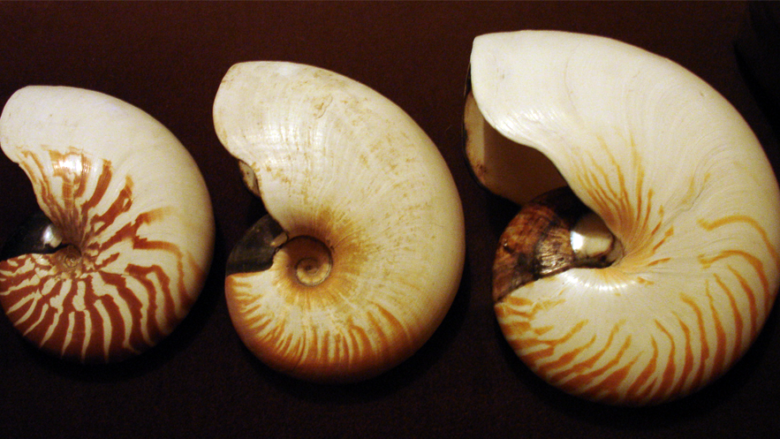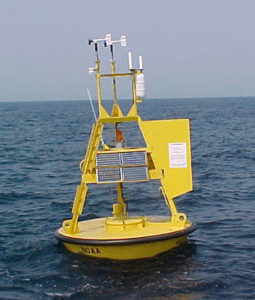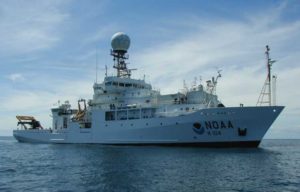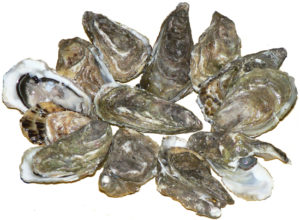Ocean Acidification
Research
Ocean acidification research varies from monitoring ocean chemistry such as temperature, pH, and salinity, to studying how organisms like fish and shellfish respond to changes in ocean chemistry. As scientists monitor the ever changing conditions of the oceans they can create a picture of what normal conditions in the ocean are, how marine life currently thrives, and how changes to norm will impact marine life. Below you will find information and links on how scientists conduct OA research.
Research Areas
Monitoring
Creating baseline data is vital to understanding how ocean chemistry is changing. Baseline data tells scientists what normal conditions are and can help us understand how conditions are changing. NOAA’s Ocean Acidification Program monitors the ocean for temperature, salinity, pH, and more. From stationary buoys to research trips by boat, each monitoring method can provide unique data and help confirm data from other sources like satellites. Visit their website to learn more about how monitoring helps scientists.
Biological Response
All organisms respond to changes in their environment. When it get colder, we wear more clothes or curl up in a blanket. Animals in the have their own responses to typical changes in conditions such as temperature, salinity, and pH that occur throughout the year. Researchers study marine life to learn how it responds to ocean acidification. Visit NOAA’s Ocean Acidification Program’s web page for more information on how they focus their biological response research, and what they can learn from it.
Photo Credits
- Public Domain, https://commons.wikimedia.org/w/index.php?curid=317647
- Public Doman, http://www.noaanews.noaa.gov/stories2009/20090202_brown.html
- Author = David Monniaux, mod. by Peter Gugerell, Source = Wikipedia Commons, Permission = “Attribution ShareAlike 2.0 France” Licence by origin




